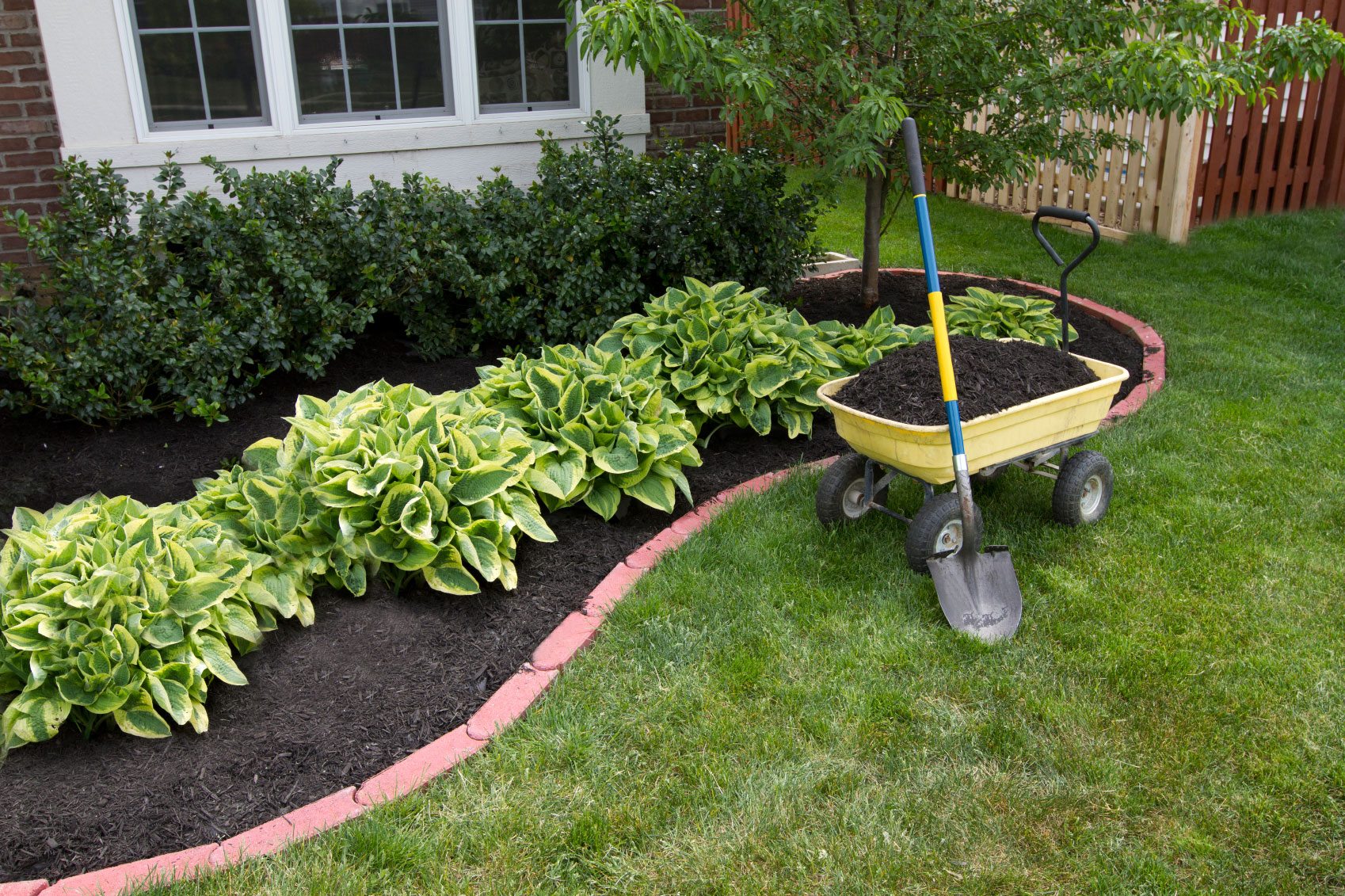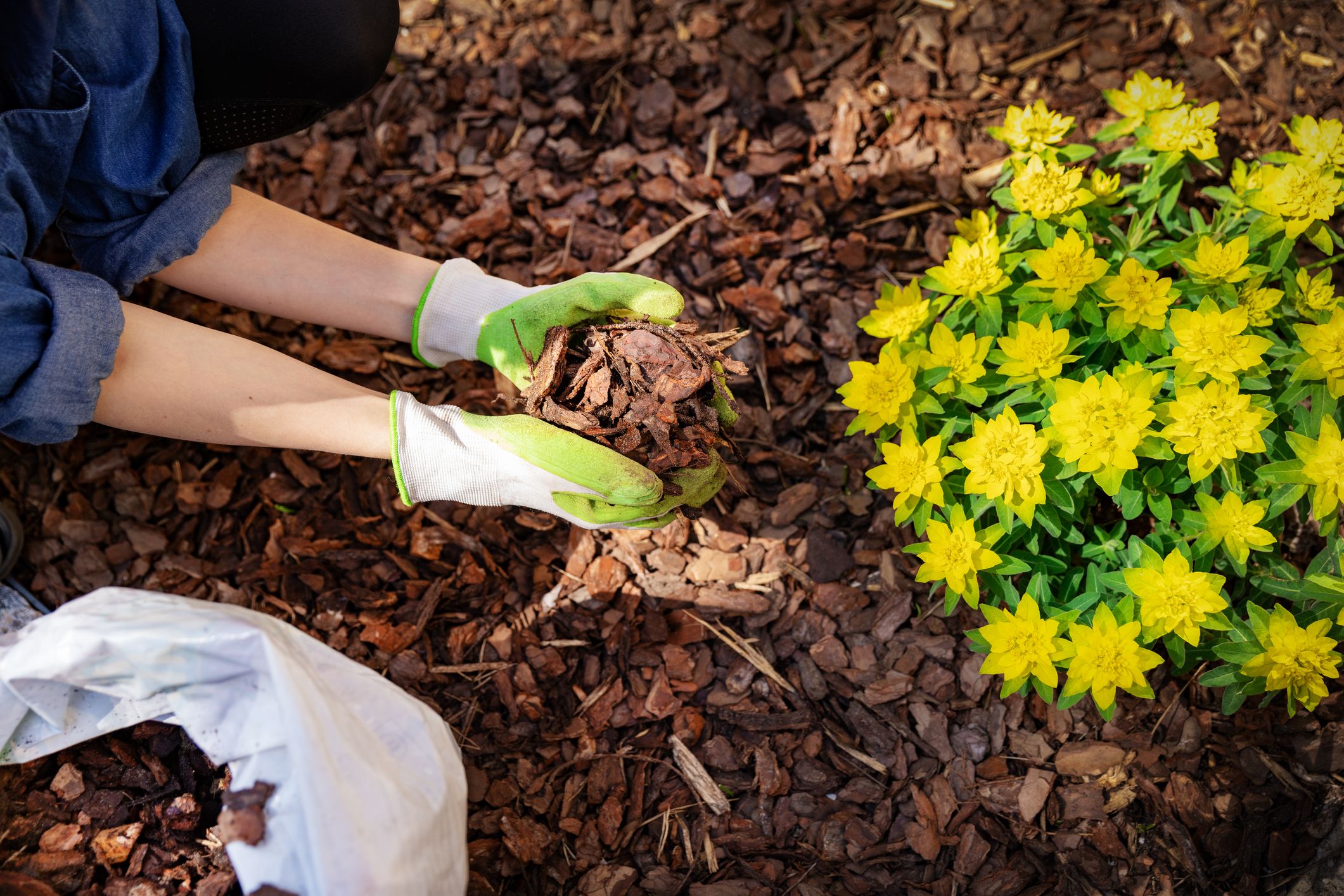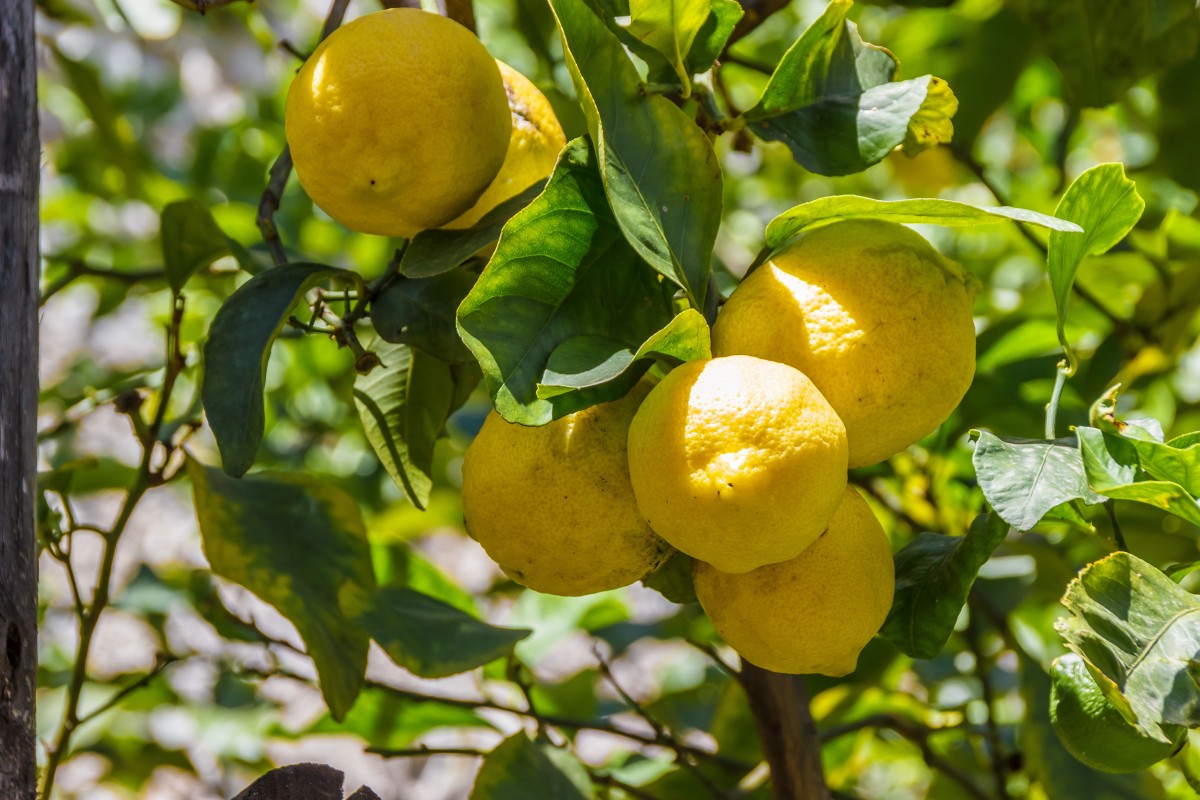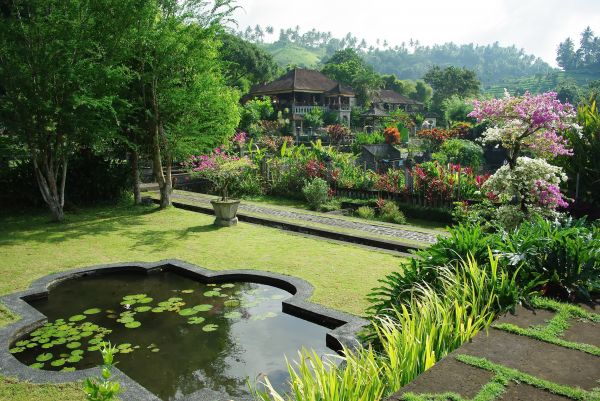Mulch is the ultimate gardening time-saver, no matter if you’re tending to flower beds or vegetable gardens. And while mulching itself may be a pain, it reaps many rewards: When done properly, mulch cuts down on the time it takes to water, weed, and fight pests. All in all, this makes for healthier fruits, veggies, and flowers.
For a more fruitful garden, make sure you pick the best mulch for the job. Even though most mulch types will ward off pests and weeds, some cater to the needs of specific plants, trees, or other crops. Before you lay any old mulch down, read on to find the perfect type for your garden, as well as tips and tricks on how to distribute it properly.
Different Types of Mulch for Your Garden
There are two basic kinds of mulch: organic and inorganic. Organic mulches include formerly living material such as chopped leaves, straw, grass clippings, compost, wood chips, shredded bark, sawdust, pine needles, and even paper. Inorganic mulches include black plastic and geotextiles (landscape fabrics).
Both types of mulch discourage weeds, but organic mulches also improve the soil as they decompose. Inorganic mulches don’t break down and enrich the soil, but that doesn’t necessarily mean they’re not a smart option for your garden. Case in point: Black plastic, a popular kind of inorganic mulch, warms the soil and radiates heat during the night, keeping heat-loving vegetables like eggplant and cherry tomatoes cozy and vigorous.
Here are the six most common types of mulch to choose between:
Wood Chips or Shredded Leaves
You can purchase bags of decorative wood chips or shredded bark from a local garden centre to mulch your flower garden and shrub borders. For a less expensive option, call your local tree-care or utility company to see if they have any extra wood chips on hand.
If you have trees on your property, shredding the fallen leaves creates a nutrient-rich mulch at no added cost. You don’t need a special machine either: a lawn mower with a bagger will collect leaves and cut them into the perfect size for mulching.
Spread a wood chip or shredded leaf mulch anywhere on your property, but it looks best in flower beds, shrub borders, and garden pathways. Of course, it’s right at home in a woodland or shade garden. Keep in mind that wood chips aren’t a smart choice for vegetable and annual flower beds, since they’ll get in the way as you dig the beds each year.
Grass Clippings
Grass clippings are another readily available mulch, although it’s a good idea to save a portion of the clippings to use as a natural lawn fertilizer. When you have remaining grass clippings, use them as nitrogen-rich mulch in vegetable gardens.
Compost
Give your compost another purpose: If you have extra to spare, use it as mulch. It will enrich the soil and make plants happy, but keep in mind that when any kind of mulch is dry, it’s not a hospitable place for plant roots. That means, you may want to reserve your compost to spread as a thin layer around plants and top it with another mulch, such as chopped leaves. This allows the compost to stay moist and biologically active, providing maximum benefit for your vegetables, fruits, or flowers.
Straw or Hay
If you’re planting a vegetable garden, consider covering it with straw, salt hay, or weed-free hay. Not only does it look clean and crisp, but this type of mulch retains soil moisture, prevents weeds, and adds organic matter to the soil when it breaks down. Just make sure you opt for a weed and seed-free hay, and avoid piling it around stems of vegetable or fruit tree trunks to prevent slug and rodent damage.
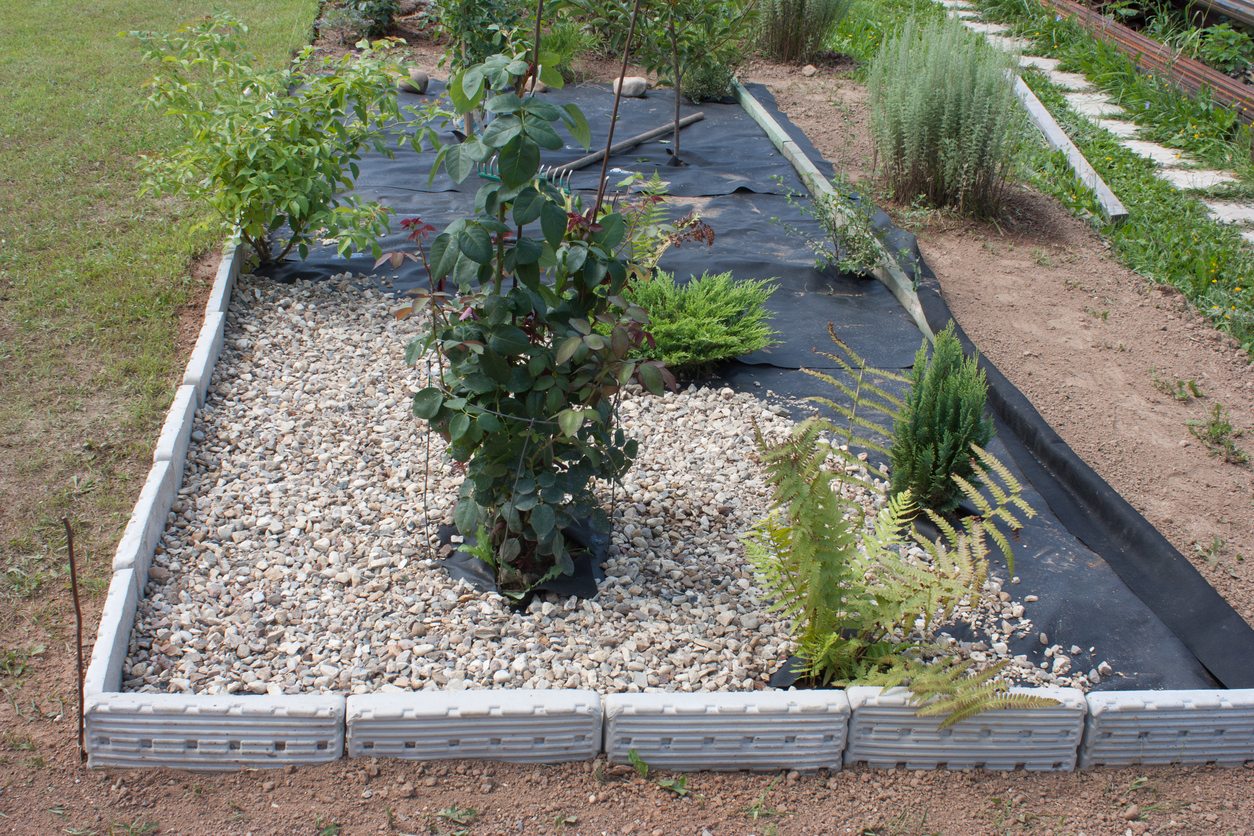
Plastic Mulch
Mulching a vegetable garden with sheets of black plastic film can do wonders. When it’s spread tightly over a smooth soil surface, black plastic transmits the sun’s heat to the soil beneath, creating a microclimate about three degrees warmer than an unmulched garden. Because the plastic film remains warm and dry, it protects the fruits of vining crops such as strawberries, melons, and cucumbers from rotting. And, of course, the mulch prevents weed growth and retains soil moisture.
Infrared transmitting (IRT) plastics cost more than standard black plastic, but they can result in even higher yields. These plastics warm the soil as well as clear plastic, but also control weeds as effectively as black plastic. In raised bed gardens, lay down a sheet of plastic over the entire bed. Bury it at the edges or weigh the plastic down with rocks. Then punch holes in it with a bulb planter, and fill with plants or seeds. Since water can’t permeate plastic, you can’t rely on rainwater to properly hydrate your plants. Instead, lay soaker hoses or drip hoses on the soil surface before you put down the plastic.
Landscape Fabrics
Geotextiles, also called landscape fabrics, let air and water through to the soil beneath while keeping weeds from coming up. But still, there are some drawbacks: When exposed to light, geotextiles degrade over time. To make them last longer, cover them with a second mulch (they’re ugly, so you’d want to, anyway). Similar to plastic mulch, keep geotextiles away from shrubs. Shrub roots and weeds grow up into the landscape fabric, which means you’ll have to rip the landscape fabric upon their removal.
Now that you know what the best type of mulch is for your garden, get in touch with the friendly team at Lakeside Pakenham Garden & Building Supplies today.
